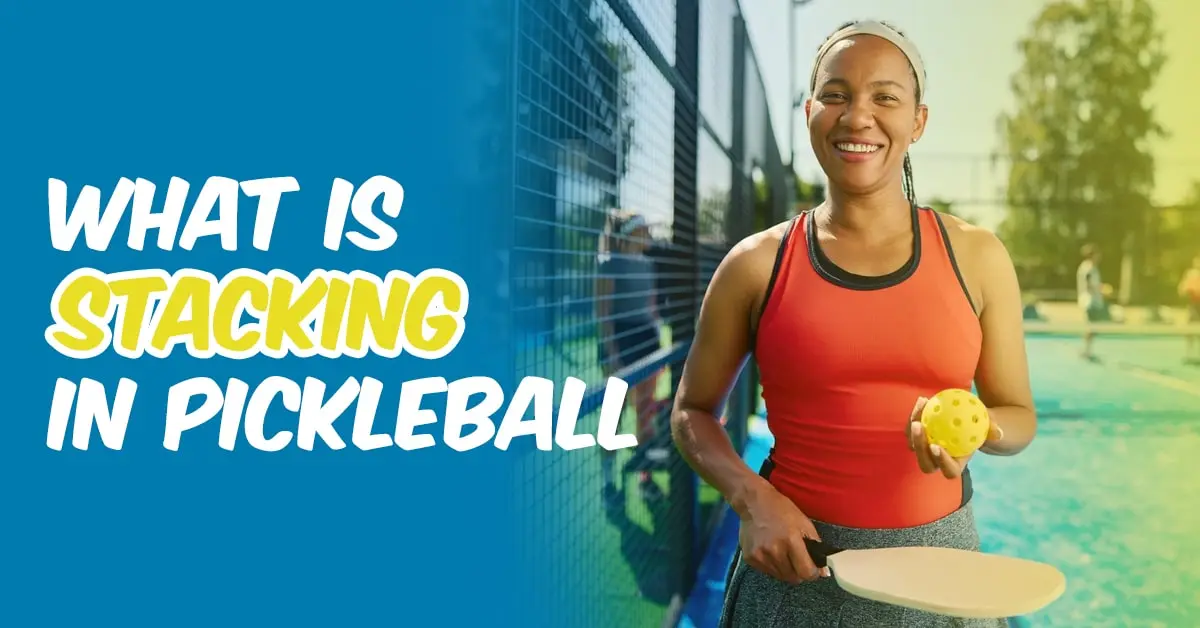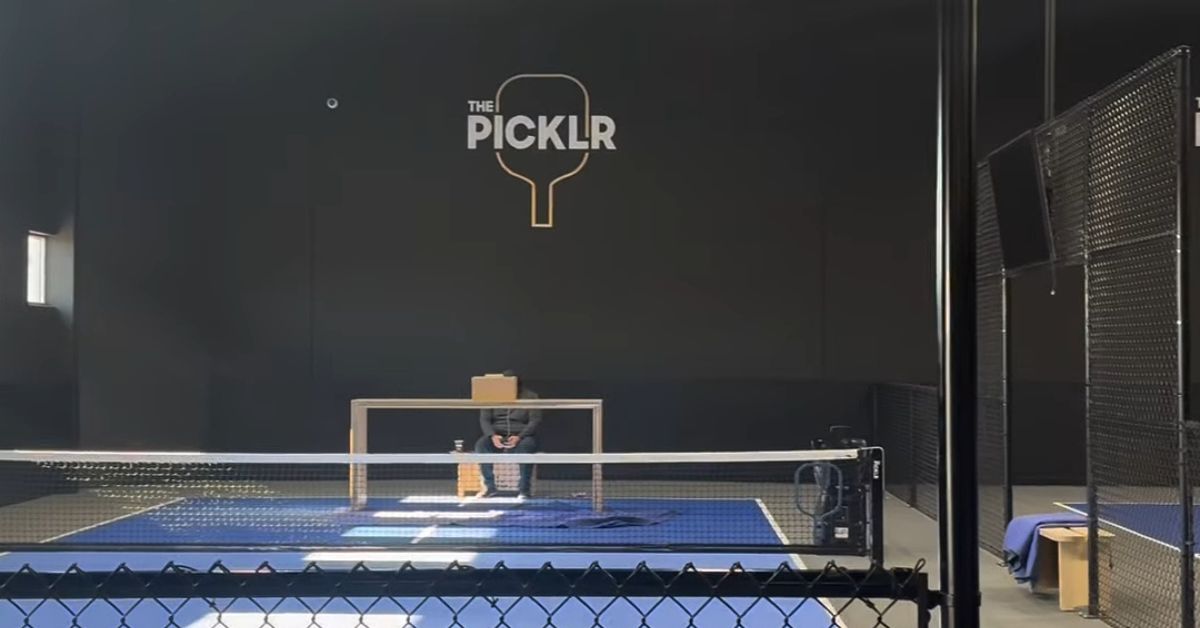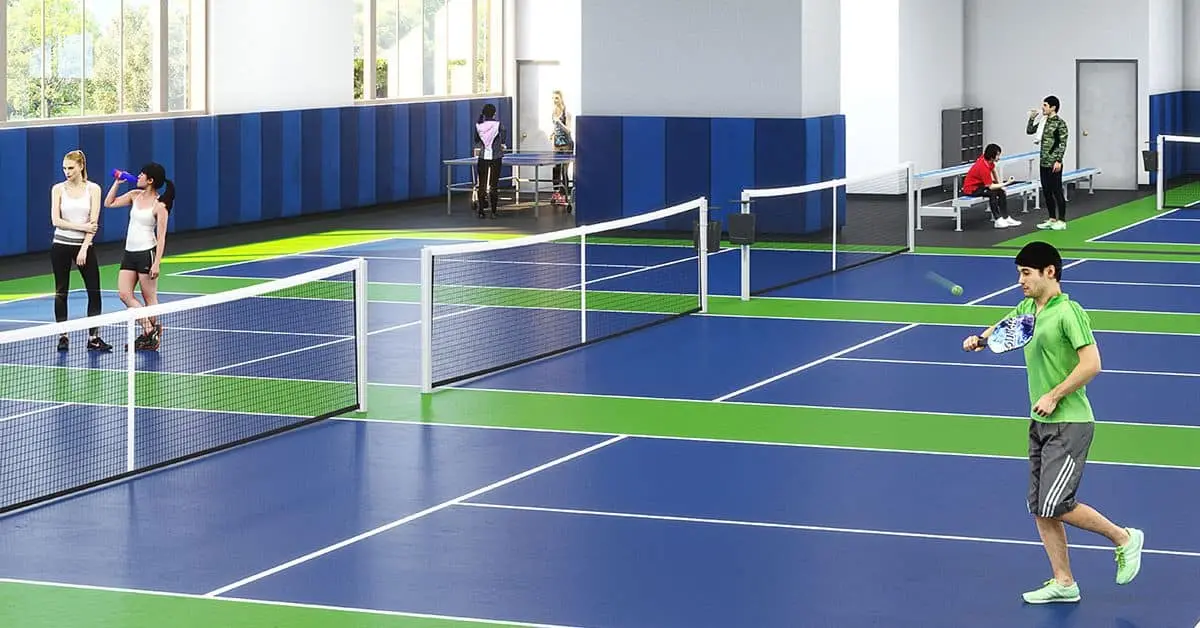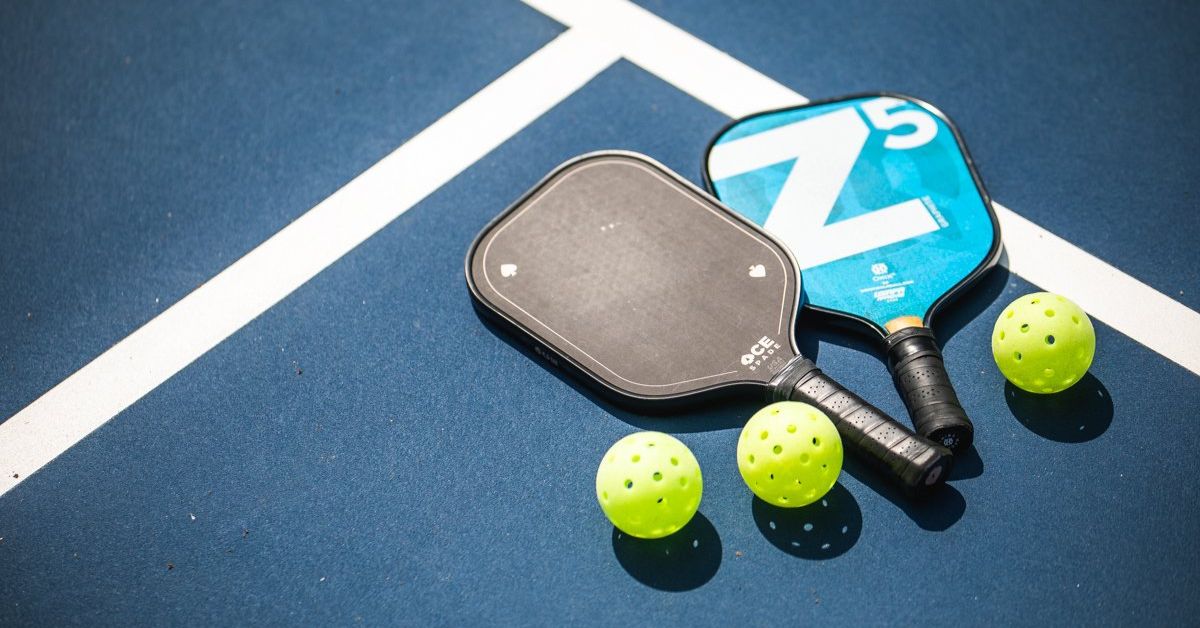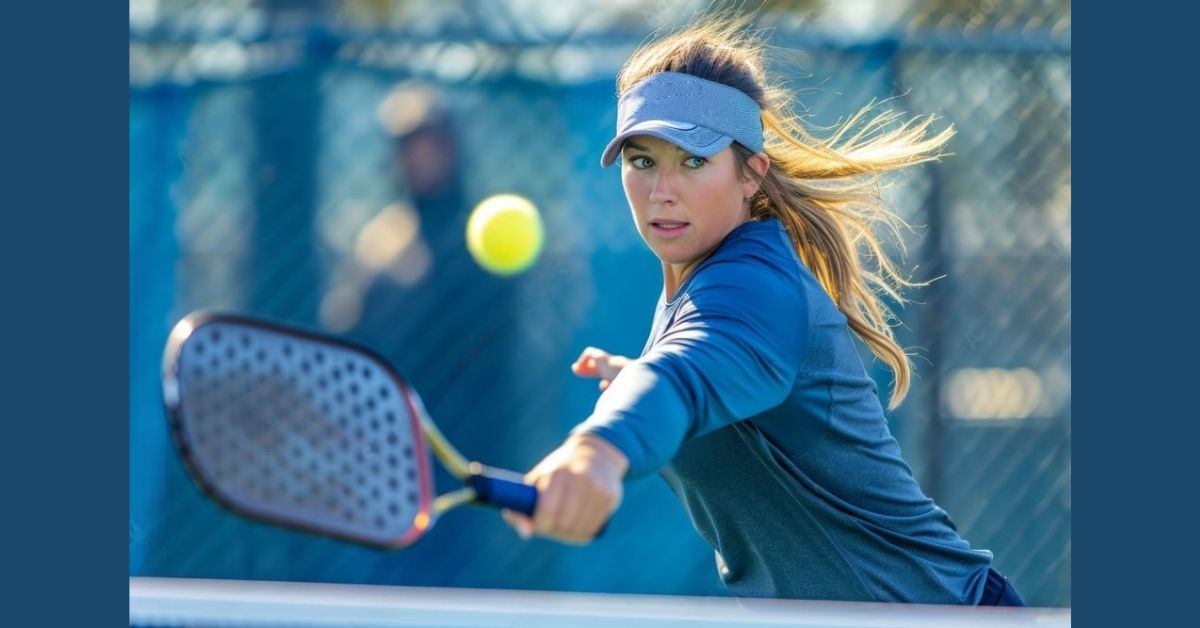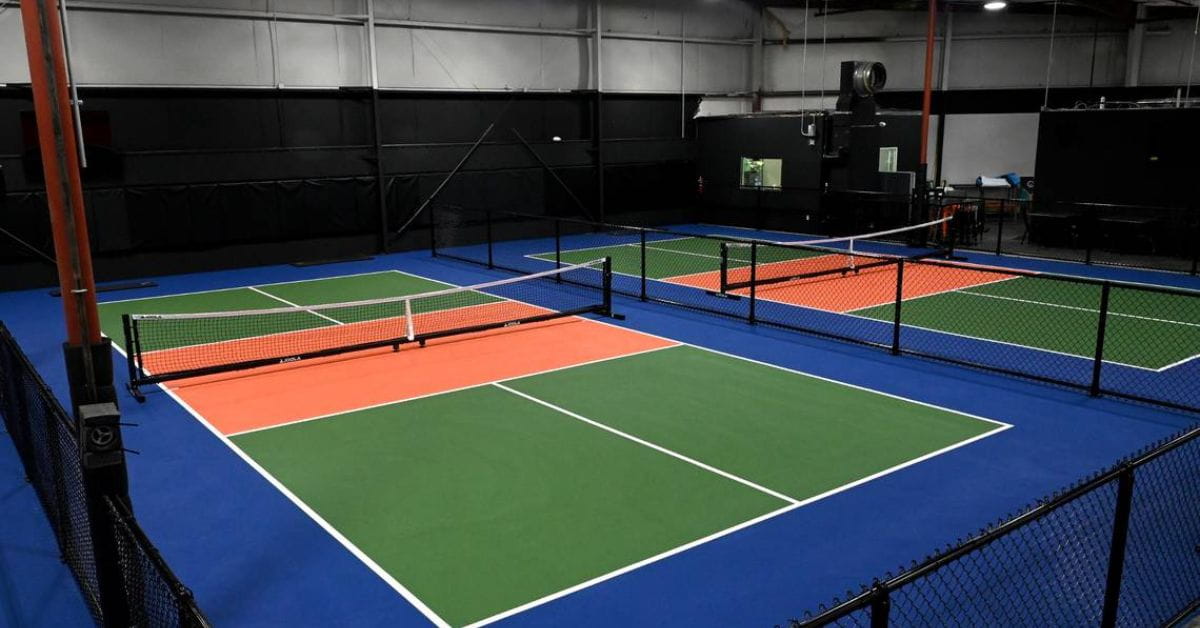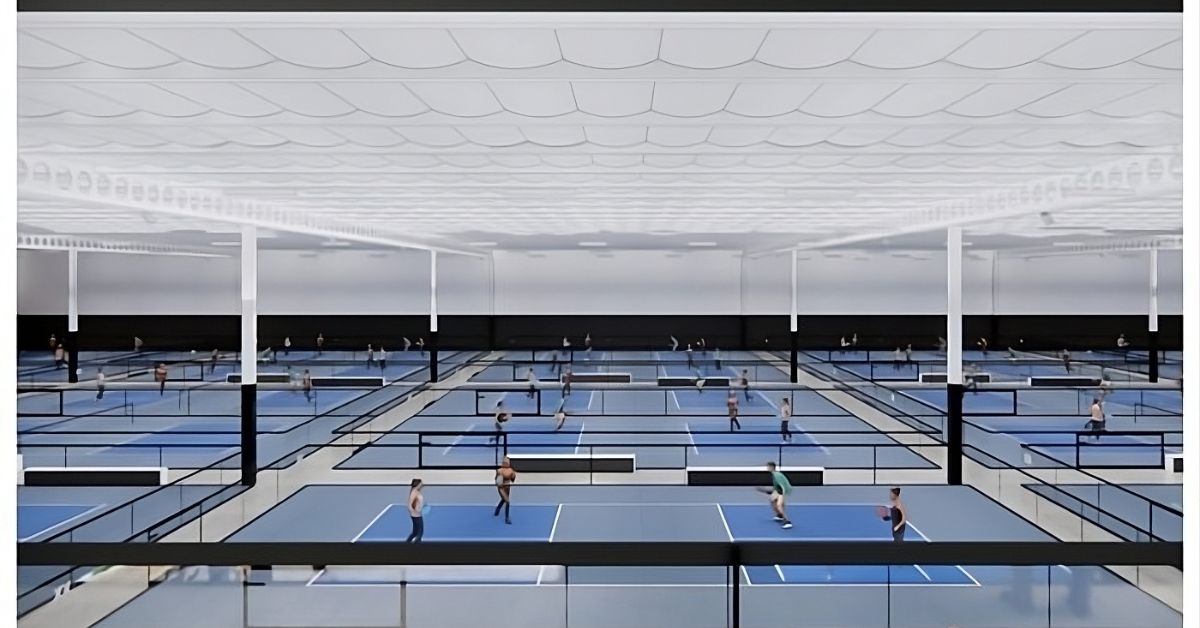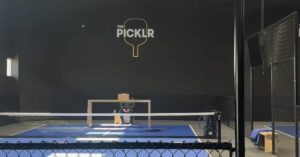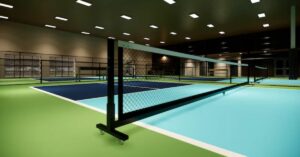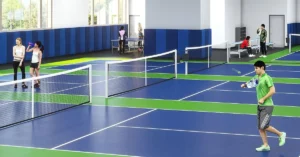Understanding stacking in pickleball is essential for beginners and seasoned players who are looking for a powerful game strategy for scoring in pickleball.
Pickleball is a fun and fast-paced game, but if you’re new to the sport, you might come across a few terms that are hard to grasp—one of them being stacking.
It’s a positioning technique that can help you define a team strategy. But you can only master it with practice.
Let’s deep dive into the concept of stacks pickleball, to learn how to implement it effectively. Learning how stacking works and why it’s an important tool will give you a competitive edge in pickleball.
What Does Stacking Mean in Pickleball?
When someone asks, “What is stacking in pickleball?” it simply refers to a strategy that doubles teams use to position their players in a specific way to take advantage of certain strengths.
In a stacked formation, players don’t necessarily follow the traditional side-to-side positioning but rather align themselves in a way that maximizes their strengths and allows them to move efficiently during play.
Stacking is commonly used in doubles pickleball, where teams of two compete against each other.
The goal of stacking is to create a more advantageous setup for the team, typically with one player in a stronger position to receive certain types of shots or to set up offensive plays.
To put it simply, stacking is about positioning players so that they can perform their best during each point, making the most out of their skills.
Whether it’s serving, returning, or even getting that crucial winning shot, you can learn it all.
What Is Stacking in Pickleball?
Now that we’ve introduced the concept, let’s break down what stacking in pickleball looks like and how it’s implemented.
In a regular doubles game, players stand on opposite sides of the court: one player on the right and one on the left. When stacking, the players may adjust their positions to make sure that one player is on their stronger side for a better return or shot.
The Basic Setup
- Player 1 (who is typically the stronger player at the net) stands on the right side of the court.
- Player 2 (who may be better at the back or has a preferred shot direction) stands near the left side of the court, even when they are serving or receiving.
This alignment is often used by teams with a left-handed player on one side, as stacking gives them the opportunity to use their strengths.
Key Benefits of Stacking
- Creates Unpredictable Movement: Pickleball stacking lefty makes it harder for opponents to guess where the ball will land or which side a player is going to be on.
- Maximizes Player Strengths: If one player is better at net play and the other is better at baseline shots, stacking allows both players to position themselves where they can take advantage of their individual skills.
- Improved Team Communication: When done right, stacking encourages clear communication and coordination between partners, especially during shifts.
How to Stack in Pickleball?
Now that you understand the concept, let’s break down how to stack in pickleball with a few strategies to try:
Start with the Right-Side Player Serving
The player who serves usually stands on the right side of the court to start a point. After the serve, the partner (who may be on the left side) can move to their preferred position, often closer to the net or baseline, depending on the player’s strengths.
Rotate After Every Point
In doubles pickleball, you must rotate sides after every point. This is where stacking becomes useful. Instead of staying in their original position after serving, switching sides in pickleball is necessary for both to execute the plays they excel at.
Lefty Player Positioning
If one player is left-handed, stacking can be particularly effective. Left-handed players generally have an advantage in doubles because they can hit from different angles than right-handed players.
In stacks pickleball, the lefty can play from the left side of the court. While the right-handed player is positioned to take the right side and serve.
Pickleball Stacking Rules
Before you get too excited about stacking, you must understand the basics of pickleball stacking rules to avoid confusion or mistakes during the play.
These rules will help stay fair within the framework.
The Serving Rules
When stacking, the serving player still has to follow standard rules for serving. This means:
- The ball must be served diagonally, which means it should be the server’s right-hand side to the opponent’s right-hand side.
- The server must announce the score before serving, including the server number (1 or 2).
- Players must also ensure they don’t violate the no-volley zone when serving (i.e., no stepping into the kitchen before hitting the ball).
Rotations and Side Switching
During doubles play, after a point is won, the players rotate positions. The players are allowed to switch sides only after a side-out or after losing their serve.
This is where stacking plays a big role because, after each point, the two players need to adjust their positions to stay within the stacking strategy.
Legal Positioning
In order to stay within the rules, players must ensure that the ball is served from the correct side, and they cannot stack before the server hits the ball.
Additionally, if the ball is hit into the no-volley zone (the kitchen), both players need to react accordingly.
Pickleball Stacking Lefty: How to Use a Left-Handed Player
One of the most effective ways to use stacking is with a left-handed player. A lefty player can have a natural advantage, as they are able to hit shots from angles that are different from right-handed players, often catching opponents off guard.
Here are some tips for stacking pickleball with a lefty:
- Place the left-handed player on the right side of the court. This will give them a more natural angle for shots and volleys.
- Position the right-handed player on the left side of the court, where they can use their strengths at the baseline or net play.
- The lefty can then return serves with ease and use cross-court shots to throw off opponents.
This strategy can significantly improve your team’s overall offense and defense when done correctly. It can also confuse opponents because they’re not used to facing a left-handed player on the “wrong” side.
Pickleball Stacking Diagram
A pickleball stacking diagram can help you visualize how the two players in a doubles game can position themselves. Here’s a basic setting:
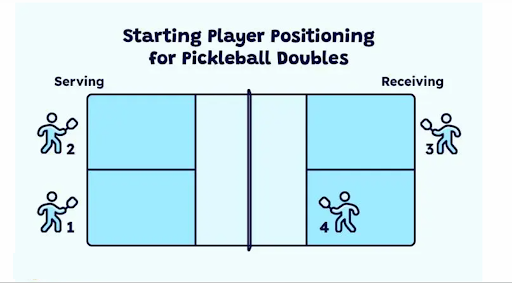
Final Thoughts
Stacking pickleball is a genius and effective strategy. But it requires years to master. Whether you’re playing for fun or wish to take over your opponent, the stacks pickleball strategy can improve your positioning.
By positioning players based on their individual strengths, you’re able to increase your chances of executing successful plays and earning points.
Practice will help you get comfortable with the movement, rotation, and following the rules. And if you have a lefty player on your team, experiment by stacking to maximize your team strength!
By following the stacking rules and using the pickleball stacking diagram as a guide, you can ensure that your stacked formation is effective and within the official game guidelines.

